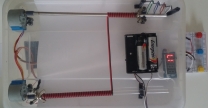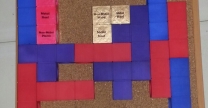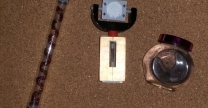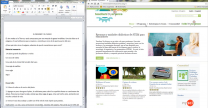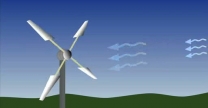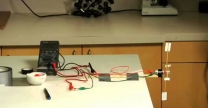STEM Lessons and Resources for Educators
Teachers TryScience is a web site for teachers. This site provides free and engaging lessons, along with teaching strategies and resources, which are designed to spark students’ interest in science, technology, engineering and math (STEM). What’s more, the site features collaboration tools to enable teachers to discuss and share effective instructional practices.
Home
Lesson Plans
|
Partner Contributed Nov 02 2015
Source: engineeringgood
For students who are physically challenged, experiential learning may be difficult as there are not enough products commercially available that are adapted to their learning needs. The apparatus in this experiment have been specially customised to their level of motor skills. These will enhance the learning experience of the students as they can grasp scientific concepts more easily through hands-on experiential learning, having fun in the process. |
Partner Contributed Oct 31 2015
Source: engineeringgood
For students who are physically challenged, experiential learning may be difficult as there are not enough products commercially available that are adapted to their learning needs. The apparatus in this experiment have been specially customised to their level of motor skills. These will enhance the learning experience of the students as they can grasp scientific concepts more easily through hands-on experiential learning, having fun in the process. |
Partner Contributed Oct 31 2015
Source: engineeringgood
For students who are physically challenged, experiential learning may be difficult as there are not enough products commercially available that are adapted to their learning needs. The apparatus in this experiment have been specially customised to their level of motor skills. These will enhance the learning experience of the students as they can grasp scientific concepts more easily through hands-on experiential learning, having fun in the process. |
Strategies & Tutorials
|
Partner Contributed Dec 22 2015
Source: admin
Video Tutorial para Subir Unidades Didácticas |
Partner Contributed Feb 29 2012
Source: NYSCI
|
Partner Contributed Feb 29 2012
Source: NYSCI
|






